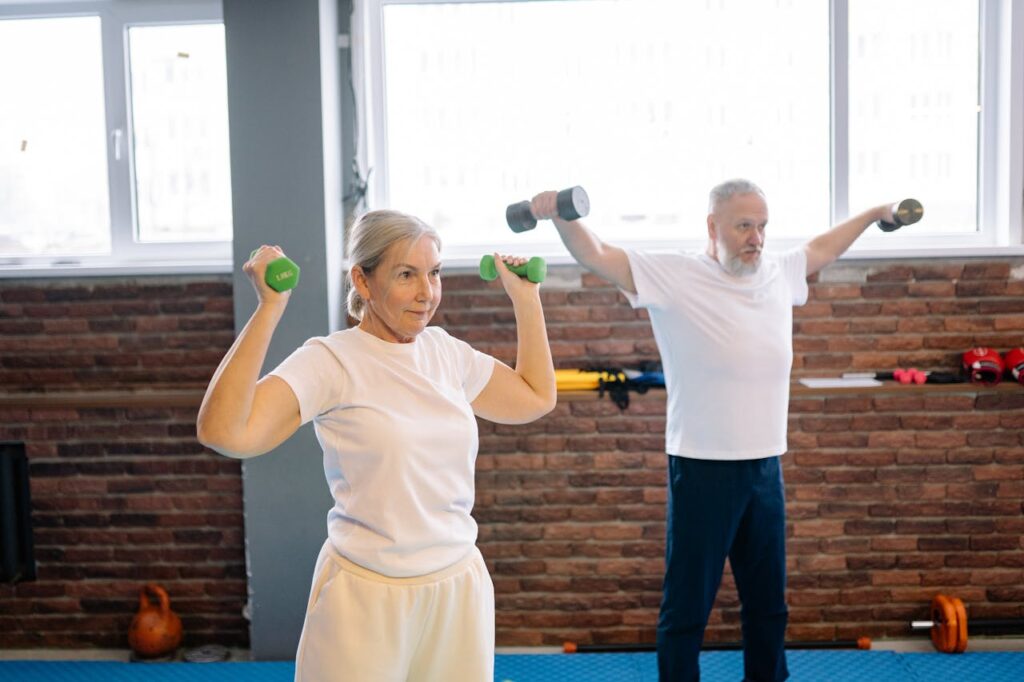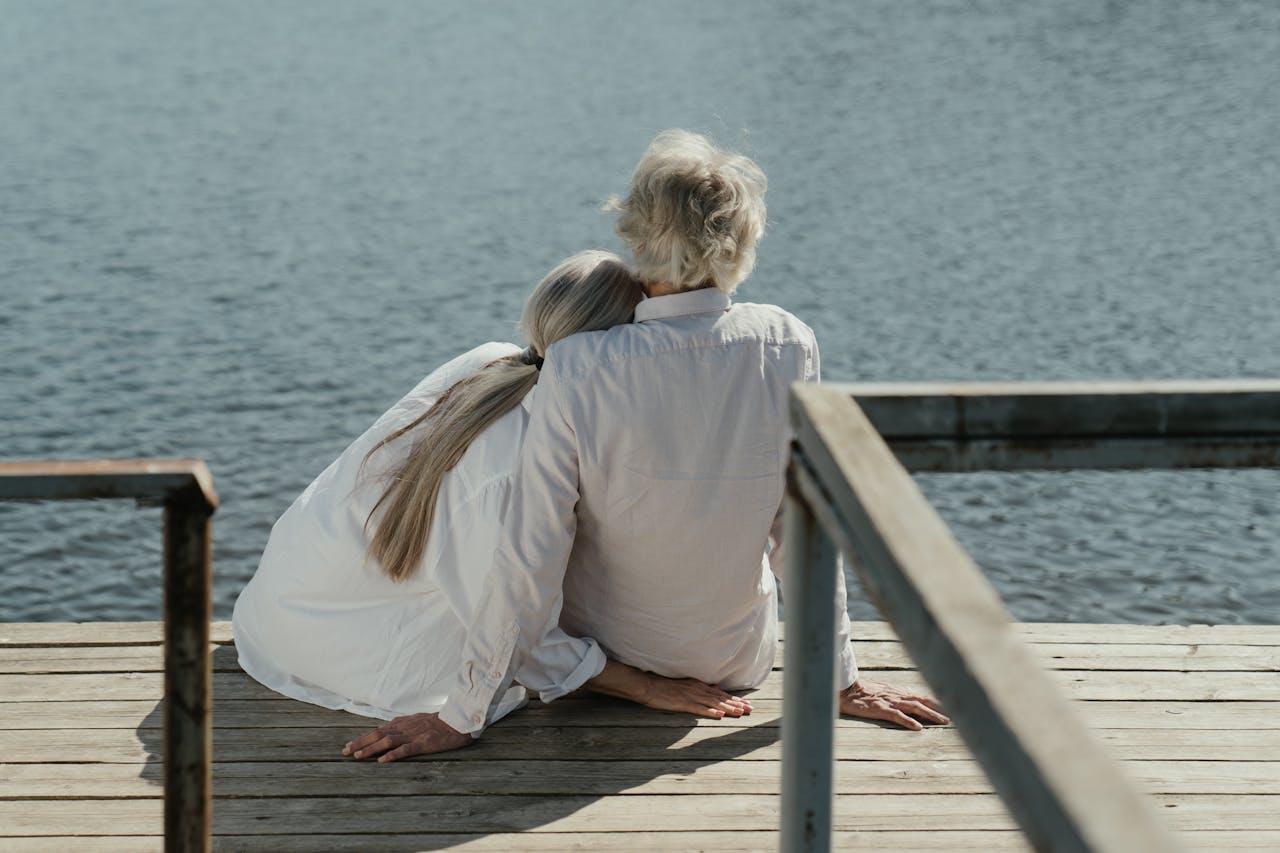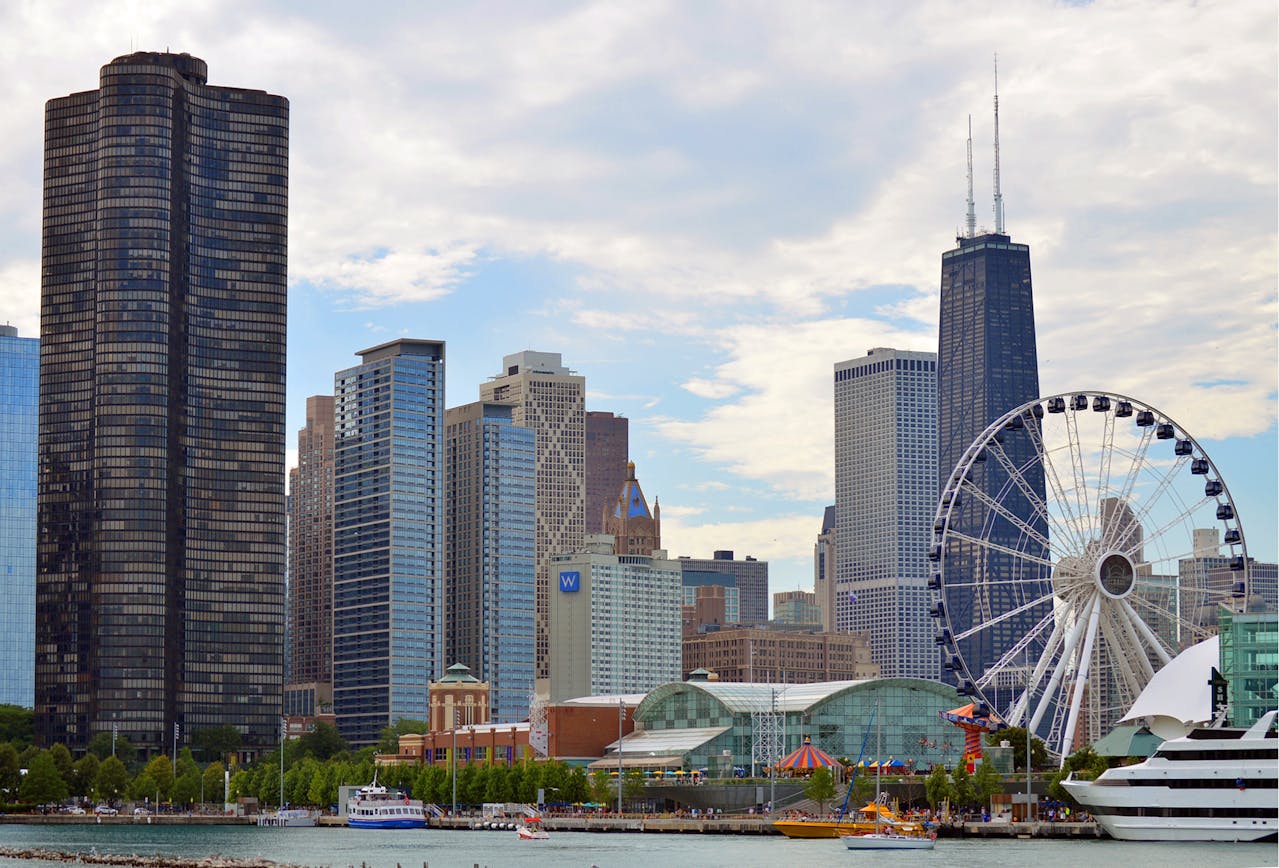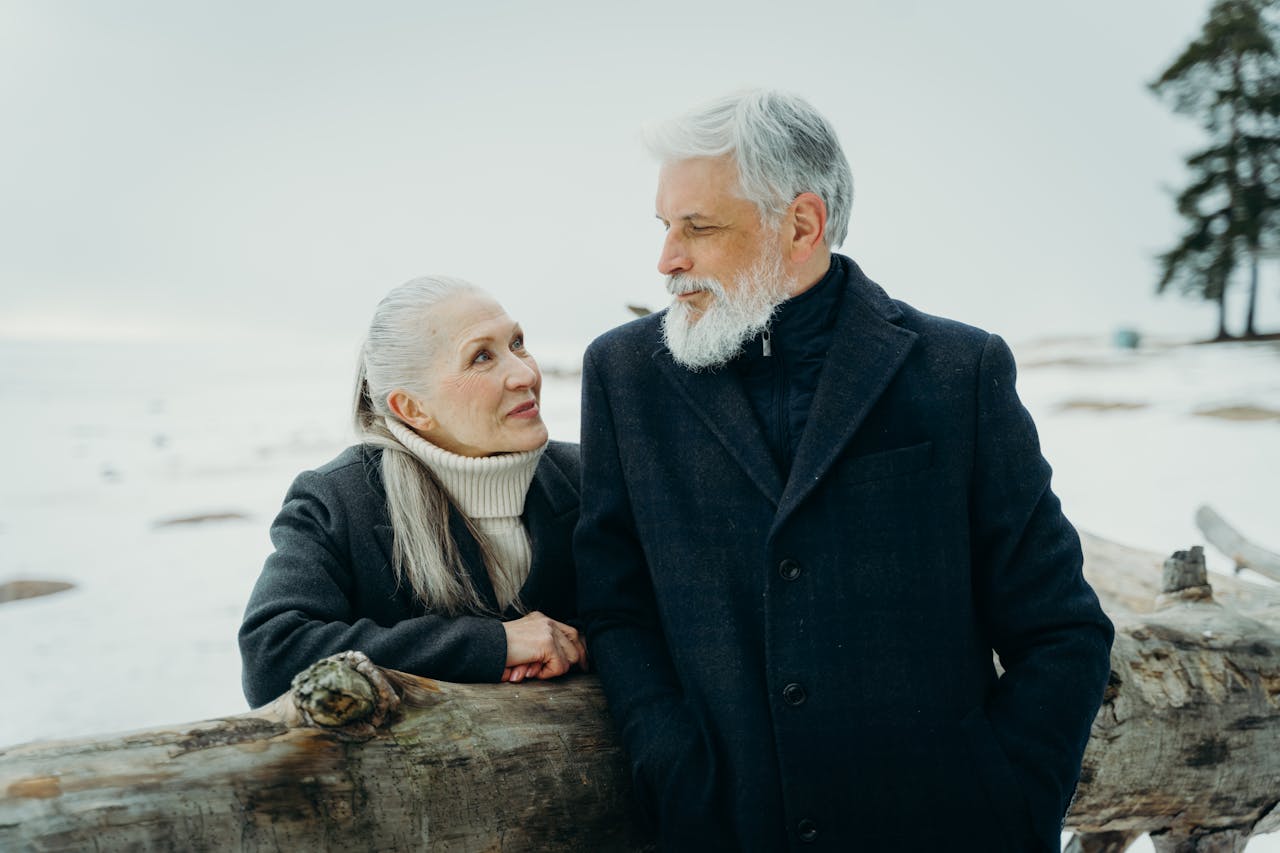Is Frequent Falling A Symptom Of Dementia?
Frequent falling can be a symptom of dementia, particularly in its later stages. Dementia affects cognitive functions such as judgment, spatial awareness, and coordination, increasing the risk of falls. As the disease progresses, individuals may experience gait disturbances and balance problems, further contributing to the likelihood of falling. Additionally, cognitive decline can lead to confusion and disorientation, making it harder to navigate safely. Therefore, frequent falls in an elderly person should be evaluated by a healthcare professional to determine if dementia or another underlying condition is contributing to the issue.

Falls among elderly individuals are a significant concern, particularly when they occur at home. These incidents can lead to severe injuries, reduced mobility, and a loss of independence. Understanding why elderly people fall at home is crucial for developing effective prevention strategies. Several factors contribute to the increased risk of falls in this population, including physical, environmental, and psychological factors.
Physical Factors
Balance and Mobility Issues: As people age, their balance and mobility can deteriorate due to conditions like arthritis, muscle weakness, and neurological disorders such as Parkinson’s disease. These issues make it difficult for elderly individuals to navigate their homes safely, increasing the likelihood of falls.
Vision Impairment: Poor vision is a common problem among the elderly, often due to conditions like cataracts, glaucoma, and age-related macular degeneration. Impaired vision can make it challenging to see obstacles, uneven surfaces, and changes in floor levels, leading to falls.
Medication Side Effects: Many elderly individuals take multiple medications for various health conditions. Some of these medications can cause dizziness, drowsiness, or hypotension (low blood pressure), all of which can contribute to an increased risk of falling.
Chronic Health Conditions: Conditions such as diabetes, heart disease, and osteoporosis can affect an individual’s balance, strength, and overall health, making them more susceptible to falls.
Environmental Factors
Clutter and Obstacles: A cluttered home environment with items such as loose rugs, electrical cords, and furniture can create trip hazards. Elderly individuals may find it difficult to navigate around these obstacles, leading to falls.
Poor Lighting: Insufficient lighting can make it hard for elderly individuals to see potential hazards, especially at night. Areas like staircases, hallways, and bathrooms are particularly problematic when not well-lit.
Slippery Surfaces: Wet or slippery surfaces, such as bathroom floors or kitchen tiles, pose a significant risk for falls. Elderly individuals may have difficulty maintaining their balance on these surfaces, leading to slips and falls.
Inadequate Support: Lack of grab bars in bathrooms, absence of handrails on stairs, and insufficient use of mobility aids (e.g., walkers, canes) can make it challenging for elderly individuals to move around safely.
Psychological Factors
Fear of Falling: The fear of falling can itself be a risk factor. Elderly individuals who have previously fallen or who are anxious about falling may limit their physical activity. This can lead to muscle weakness and reduced balance, ironically increasing the risk of falls.
Cognitive Impairment: Cognitive disorders such as dementia and Alzheimer’s disease can affect an individual’s judgment and spatial awareness, making them more prone to falls.
Prevention Strategies
Preventing falls among the elderly requires a multifaceted approach that addresses physical, environmental, and psychological factors.
Exercise and Physical Therapy: Regular exercise, particularly activities that improve balance and strength, can significantly reduce the risk of falls. Physical therapy can also help individuals with mobility issues.
Regular Health Check-ups: Regular visits to healthcare providers can help manage chronic conditions and review medications that might contribute to falls. Eye exams should also be part of routine health maintenance to ensure any vision problems are addressed.
Home Safety Modifications: Making the home environment safer is crucial. This includes removing clutter, ensuring good lighting, installing grab bars in bathrooms, and using non-slip mats. Handrails should be installed on both sides of staircases, and frequently used items should be within easy reach to avoid unnecessary climbing or bending.
Assistive Devices: Encouraging the use of assistive devices such as canes, walkers, and hip protectors can provide additional support and stability for elderly individuals.
Education and Awareness: Educating elderly individuals and their caregivers about the risks of falls and ways to prevent them is vital. This includes teaching them how to safely navigate their homes and encouraging a proactive approach to fall prevention.
Addressing Psychological Factors: Addressing the fear of falling through counseling, support groups, and building confidence through physical activity can help reduce the risk of falls. Cognitive assessments and interventions may be necessary for those with cognitive impairments.
FAQ
Elderly individuals are more prone to falls due to a combination of physical, environmental, and psychological factors. These include balance and mobility issues, vision impairment, medication side effects, and chronic health conditions.
Conditions like arthritis, muscle weakness, and neurological disorders such as Parkinson’s disease can deteriorate balance and mobility, making it difficult for elderly individuals to move around safely.
Yes, poor vision from conditions like cataracts, glaucoma, and age-related macular degeneration can make it hard to see obstacles and changes in floor levels, increasing the risk of falls.
Many elderly individuals take multiple medications, some of which can cause dizziness, drowsiness, or low blood pressure, all contributing to an increased risk of falling.
Clutter, poor lighting, slippery surfaces, and inadequate support (like lack of grab bars and handrails) are common environmental hazards that can lead to falls.
Yes, cognitive disorders like dementia and Alzheimer’s disease can affect judgment and spatial awareness, making elderly individuals more prone to falls.
Preventive measures include regular exercise to improve strength and balance, home safety modifications (like removing clutter and installing grab bars), proper lighting, and the use of assistive devices such as canes or walkers.
Managing chronic conditions through regular health check-ups can help reduce fall risk by addressing issues like poor vision, medication side effects, and balance problems.
Addressing the fear of falling through counseling, support groups, and building confidence through physical activity can help reduce the risk. Cognitive assessments and interventions may also be necessary for those with cognitive impairments.
Conclusion
understanding the reasons why elderly people fall at home and implementing comprehensive prevention strategies can significantly reduce the incidence of falls. This not only improves the quality of life for elderly individuals but also helps maintain their independence and overall well-being. By addressing physical, environmental, and psychological factors, we can create a safer home environment and reduce the risk of falls among the elderly.
Related Articles

Why would an elderly person suddenly become confused?
Sudden confusion in elderly individuals, known as delirium, can be caused by various factors. Common causes include infections like urinary tract infections or pneumonia, medication side effects,

What is the safest place for seniors to live?
The safest place for seniors to live often cited is New Hampshire due to its exceptionally low crime rates, excellent healthcare facilities, and high quality of life. The state offers a peaceful environment with a strong

What is the Average Cost of Senior Living in Michigan?
In Michigan, the average cost of senior living varies widely based on the type of care required and the location of the facility. By understanding these costs

Important Features to Look for in a Senior Living Community
Senior living communities offer various levels of care to meet the diverse needs of residents. Independent living is for active seniors who need minimal assistance. Assisted living provides support with daily activities such as bathing, dressing, and medication





